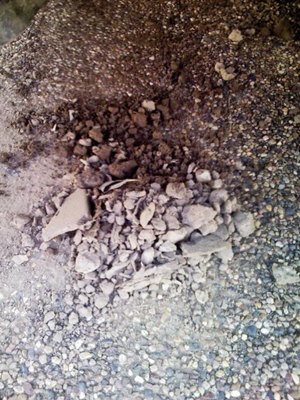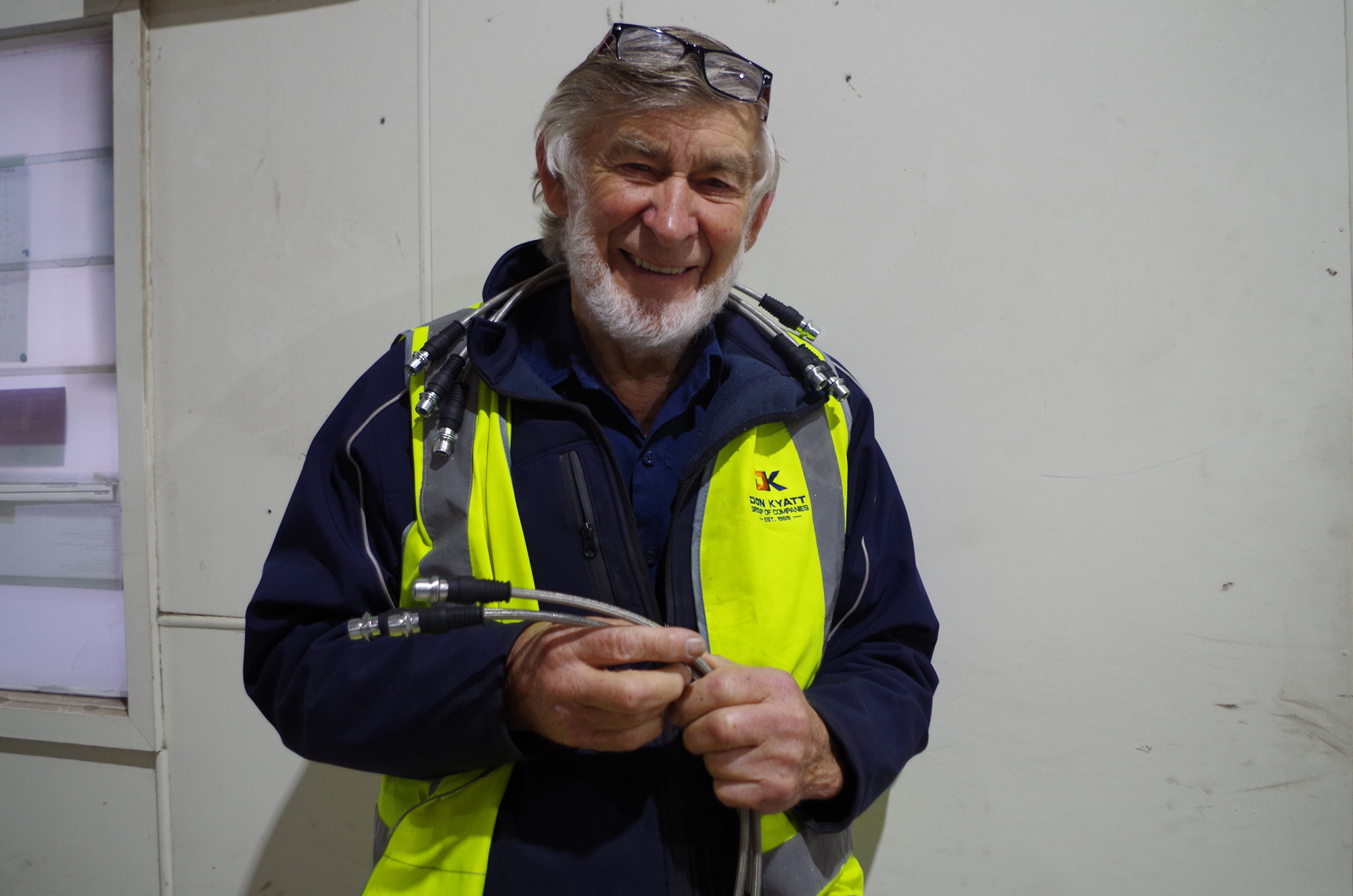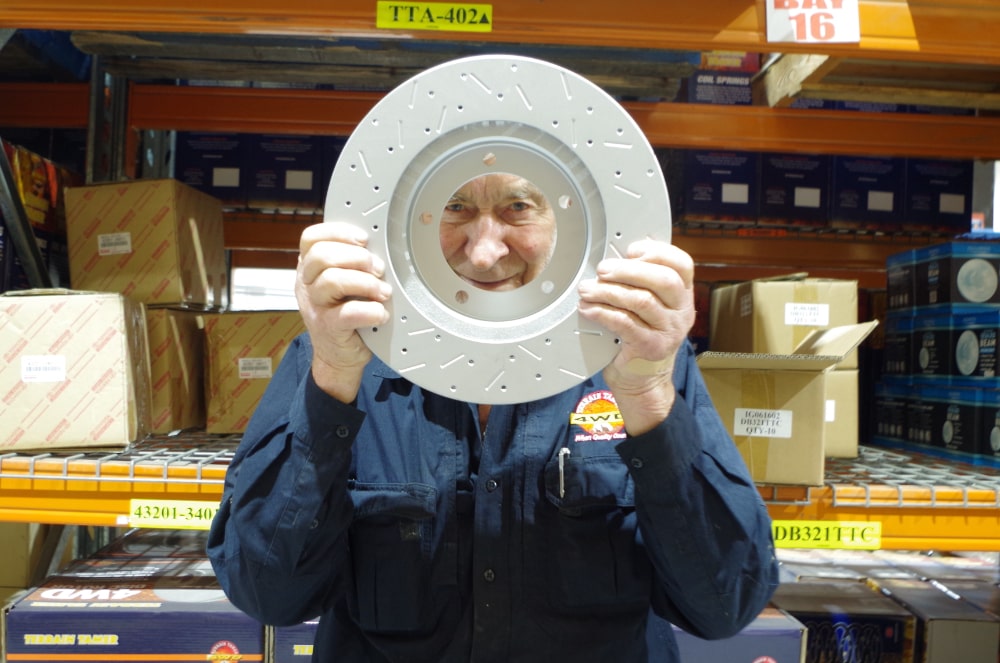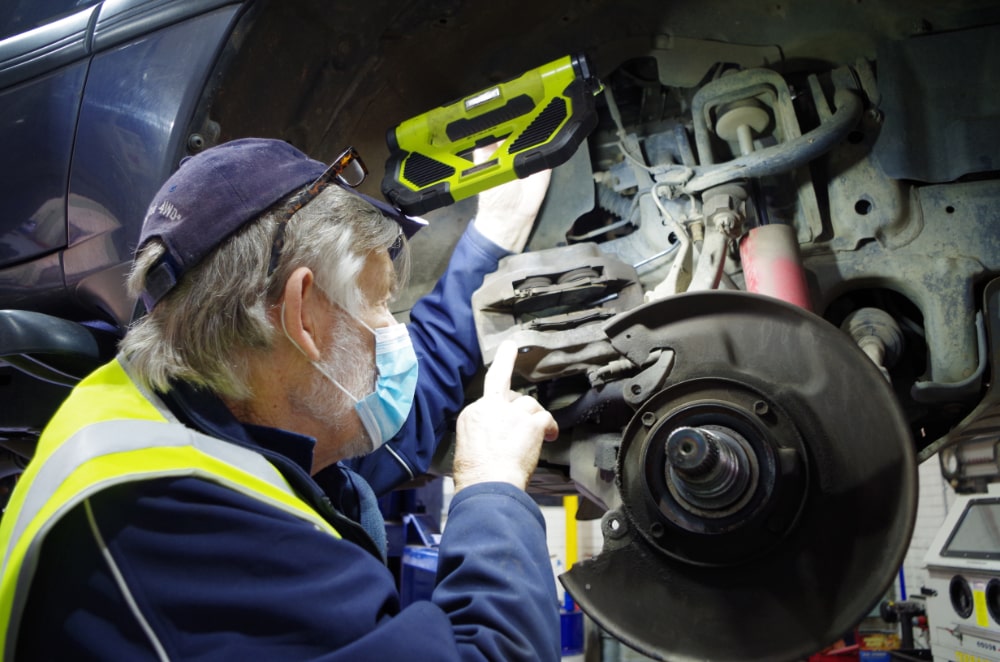
Darren Cale (Secret Harbour, WA)
Hi Allan, My 1st 4WD was an ’84 Jackaroo, I then owned a 2000 model dual cab Hilux and now a Land Rover Defender Wagon 2.4L, 2009 model. I’ve been 4WDing for 13 years and now I live in WA with my wife and 3 daughters. We have a Trak Shak camper trailer that we all love to get out in.
Since new, my Defender has had a violent shudder when coming to a stop, around 10km/h. It only happens when the 4WD has been driven for at least 15 minutes. So far the dealer still has no idea! In trying to solve the problem, they have replaced my front and back diff (now my back diff has a whine at 67km/h) and the handbrake. Nothing fixed the shudder.
They’re now getting a modified bracket for the drum handbrake, which I’ve been waiting for over 5 weeks to get. My biggest concern is the damage that it’s doing to the rest of my transmission, especially the transfer case. Oh, and the only way to stop the shudder by putting the transfer case into neutral when I am cruising to a stop. Please help as this 4WD was meant to be the 4WD that would take us around Australia.
Allan
Well Darren, there are a couple of things that can cause this. As the shudder begins at say 10km/h, if you just very gently apply the handbrake and see if it alters the vibration in any way. It may disappear, or it might make it worse or it may not make any difference. The reason we’d be looking at the handbrake for this problem is because they can cause a shudder if they pick up. Sometimes if they are too tightly adjusted, they are just on the verge of catching and they will grab and release, causing this awful shuddering.
I’d also think about whether or not that tailshaft is the wrong one. I know it shouldn’t be in a new vehicle, but you’ve got to put these things out of your mind and eliminate any chance of overlooking the other problems. I’d be wondering if the rear tailshaft is probably too long and perhaps can’t compress any further in its sliding spine.
To check this, I’d just disconnect one end of it to make sure that it was right because the diff does move depending whether you’re putting your foot on the brake or not when this is happening.
The only other thing I’d do that might help is if you got onto a hill, stopped, then gradually let it roll up above or around 10km/h and see if the shudder happens then when your accelerating, rather than decelerating. That might shed some light on it to help the dealer find what the problem is.
The other way is you might have to get a camera under there and see what’s happening? There are plenty of remote cameras around these days that are handy for this purpose. Have a look at those few things and I’d be interested to hear back from you when you find the problem, so write in and let me know how you go. Thanks for writing in anyway Darren.





